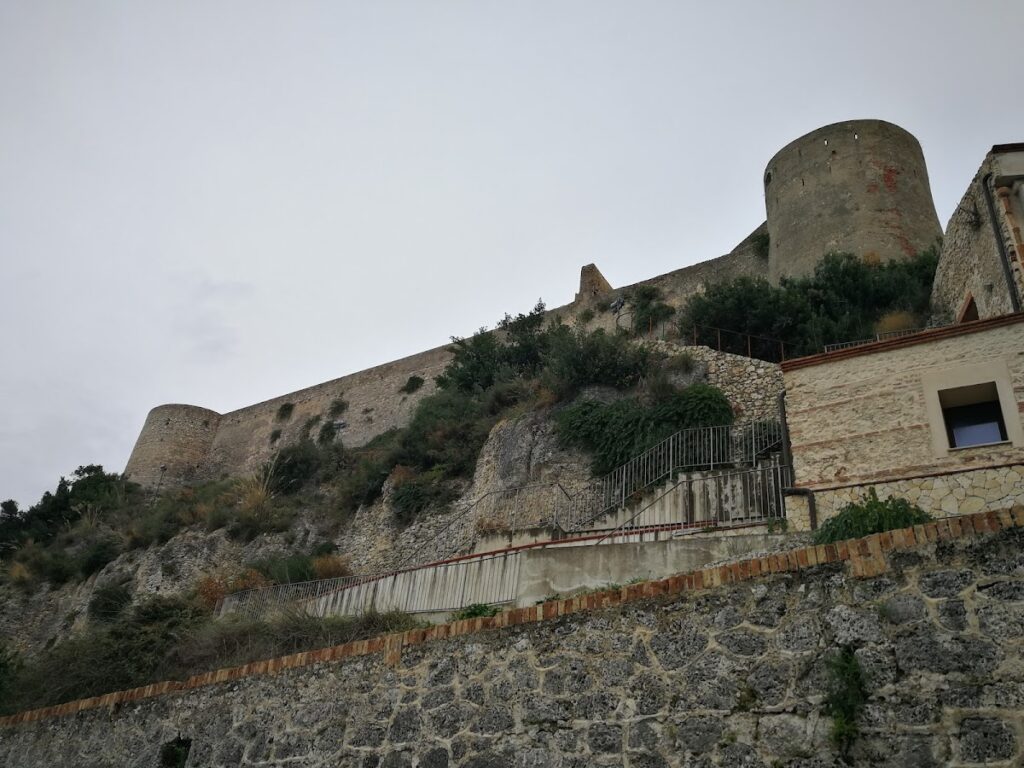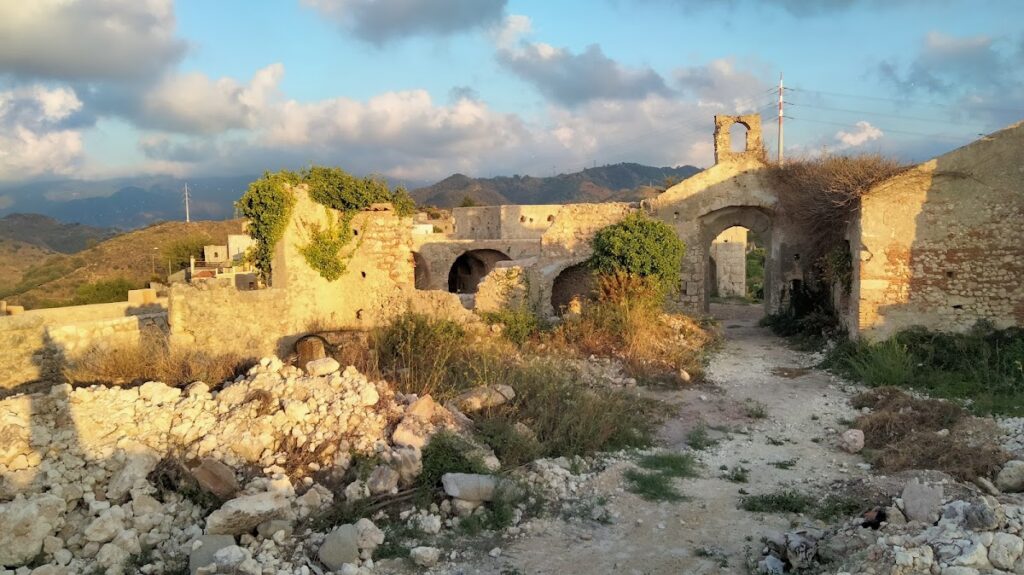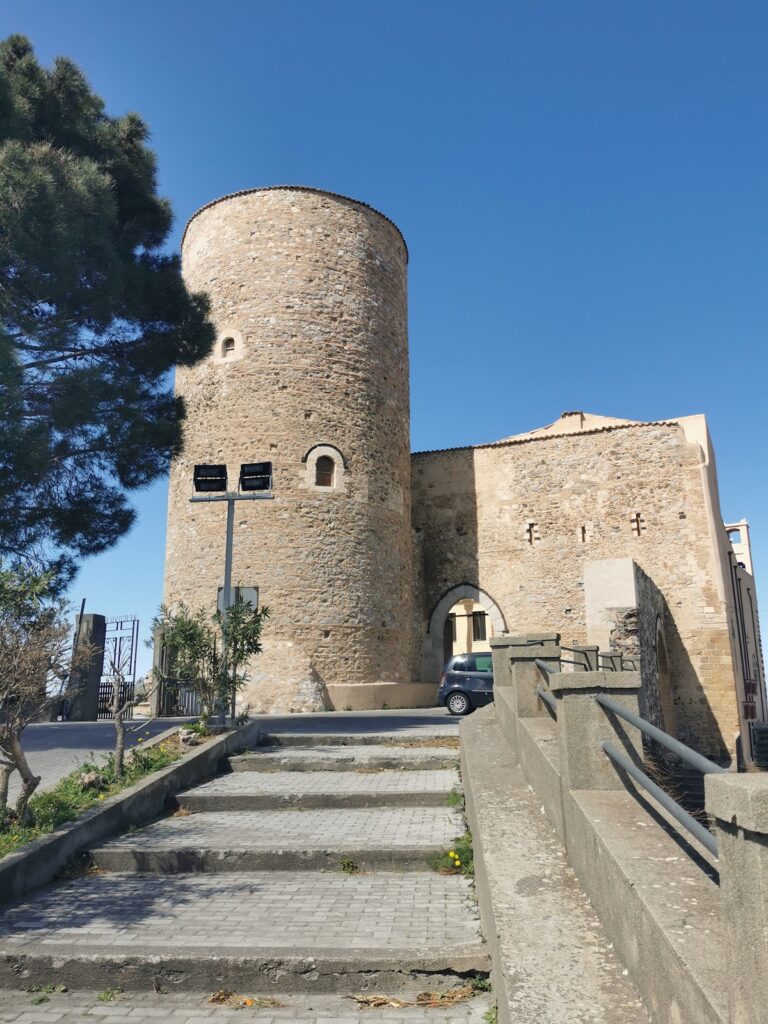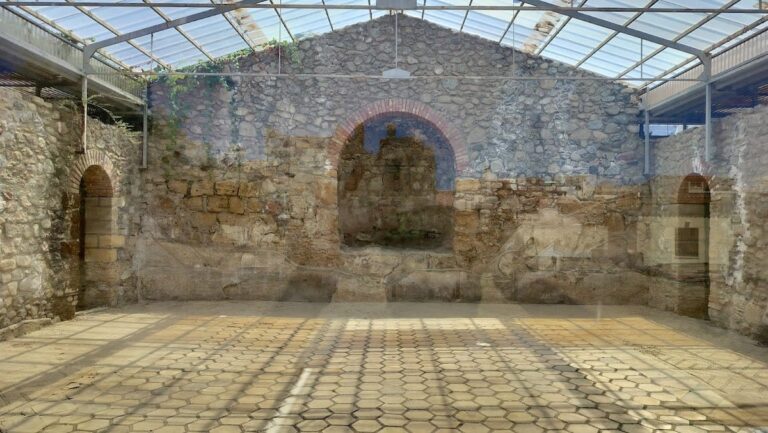Castello di Venetico: A Historic Castle in Venetico Superiore, Italy
Visitor Information
Google Rating: 3.4
Popularity: Very Low
Google Maps: View on Google Maps
Country: Italy
Civilization: Unclassified
Remains: Military
History
The Castello di Venetico stands in the town of Venetico Superiore in Italy, originally built in the second half of the 15th century by the Spadafora family. The Spadaforas established the castle as both a military stronghold and a residence, reflecting the dual roles that many such fortifications served during this era.
Throughout the centuries, the castle remained under the ownership of the Spadafora family and their descendants, including the Ascenso and Samonà families. By the early 19th century, its function had shifted primarily to that of a private residence, serving as a summer home for the Samonà family until 1969. This period marked a transformation from a defensive structure to a noble household.
The castle’s history also intersects with significant regional titles and orders. It formed part of the feudal estate of Venetico San Martino Spadafora, linked to noble titles such as the Princes of Venetico and Maletto, as well as the Marchesi of San Martino. Members of the Spadafora family, including Federico Spadafora in 1572 and another Federico Spadafora Moncada in 1798, were knights of the Sovereign Order of Malta, an indication of the family’s prestigious standing and the castle’s connection to this religious and military order.
The castle endured considerable damage from natural and wartime events. The 1908 earthquake centered near Messina inflicted significant harm, and subsequent bombings during World War II caused further destruction. Restoration efforts were made, first in 1920 by Carmelo and Caterina Samonà and later between 1958 and 1960 under Alberto and Antonio Samonà, demonstrating the family’s ongoing commitment to preserving the building. While some sources have attributed the castle’s architectural design to Camillo Camilliani, no surviving architectural records support this attribution.
Remains
The castle occupies a commanding hilltop position in Venetico Superiore and features a roughly quadrangular layout fortified by cylindrical towers positioned at each corner. It is accessed from the south side by a staircase that once concluded in a drawbridge, now lost. This combination of towers and controlled entry points highlights its original military role alongside residential use.
The defensive walls remain largely intact on the western side, where two corner towers stand well preserved along with parts of the battlements known as cammini di ronda, which were walkways used by guards to patrol the walls. These features collectively reveal the castle’s design emphasis on defense and surveillance.
On the northwest side, up until 2012, the remains of large rooms once used as living quarters were still visible. This architectural detail underlines the castle’s function as more than a fortress, accommodating residential needs alongside military purposes.
East of the main structure lie the remains of an ancient chapel that once housed a cross symbolizing the Sovereign Order of Malta. This chapel also featured a medieval stone portal of notable craftsmanship, both of which were stolen at an undetermined time. Though only fragments now survive, the chapel’s presence points to the castle’s connection to the religious order and its spiritual dimension.
Together, these elements—the towers, battlements, residential rooms, and chapel ruins—offer a glimpse into the castle’s multifaceted role across centuries, combining military defense, noble residence, and religious affiliation.







